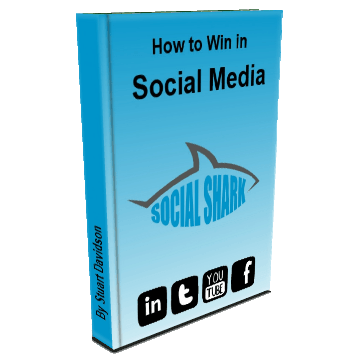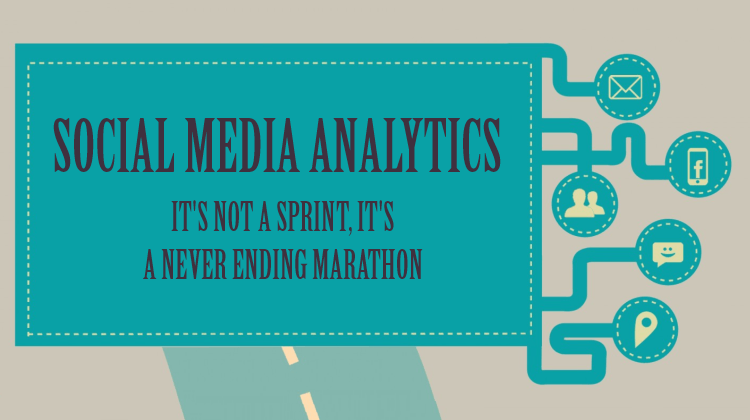Social advertising is everywhere. Social media platforms are perfect for showing ads because of the vast audiences they contain. Getting the word out about your business using social advertising is a tried and tested means for generating new sales and leads.
The problem is that there are so many different social media platforms to choose from. Do you opt for Facebook advertising or Twitter advertising? What about Pinterest and Instagram? Maybe Google Plus is the best option?
Doing your research between each one is advisable and you should establish where to invest your social advertising budget before jumping in. You can learn about each advertising platform below and get a good overview of how each could be best for your business.
The Main Social Advertising Options Available
There are five main options for social advertising. Facebook and Twitter are the most common two, but you could also use Google+, Pinterest or Instagram. Each has their own pros and cons…
Using Facebook For Social Advertising
Facebook is one of the most powerful social advertising options because it is the favourite of all social media platforms - containing over one billion users. The extensive targeting options also make it an attractive option for the savvy advertisers who want to target exact consumer behaviours or niche segments.
The slideshare presentation below provides more information on Facebook advertising.
The downside of advertising on Facebook is that the continual platform developments mean you need to keep tuned in to what is happening. Of course, if your’re spending money you should ensure you know what you’re investing in at all times.
Twitter Advertising
Twitter is a 140-character micro-blogging social media network. It is more of an open network than Facebook - anyone can follow anyone with restrictions.
Being such a short and snappy message sharing platforms means tweets usually contain links to direct readers to a source to find out more information. The introduction of Twitter cards has now meant that you are able to attach media experiences to Tweets that link to your content.
Twitter has also pioneered the use of hashtags; which categories posts together for people who are searching for something specific. You can tag people easily by just knowing their username, which encourages them to share something if they agree with it or like it.
Twitter has three ad products - for a more detailed guide on using Twitter advertising see this article by Search Engine Watch.
The downside of Twitter advertising is also the double-edged sword of the concise 140 character limit. This is great for those who do just want to add a quick update, but you can’t go into much detail or convey emotional business messaging.
Google+ for Better SEO
Google+ is fast becoming an extremely popular form of social advertising. It is similar to Facebook in the way you can add longer posts with links or images. Hashtags are available to collect posts to make it easier to find them.
The main benefit is the SEO capabilities. Since it is owned by Google, the search engine allows users posts to show up quickly and high in the search results, with your authorship photo being connected to those updates.
Google has now introduced the concept of +Post ads, enabling advertisers to turn any Google Plus post into an interactive ad, and have it run across the Google Display Ad network.
+Post ads can be used to get social users engaging. Readers can comment on ads, share with friends or join a live Google Hangout On Air.
Brands can also reply to any comments, giving them a one-on-one engagement with their audiences. Another advantage of Google advertising is that once your ad campaign is over, the posts will remain in the Google archive and become searchable on Google Search.
So you can continue advertising your product even after your budget runs out or your campaign ends.
However, it is still relatively new. People are still getting used to it and developing strategies and tactics for both inbound and outbound marketing. It really will depend on your business whether you want to explore using Google Plus advertising as a means for looking to the future.
Instagram and Pinterest for Images
The final two can be joined together because they are very similar in nature. The point is to add images with captions or minimal detail. It is the images that catch the attention of followers and those using the sites, and that will encourage users to share them.
These sites are perfect for businesses that have image-friendly products or services. You could make crafts, bake cakes or create paintings or graphics. Take photos or screenshots and share them on the sites. The images will be repinned or shared, and the name of your business gets out. This is also great if you can create images for your business needs, such as creating share-friendly thumbnails for articles.
The downside is that you do need photos and images. If you have no need for this or it doesn’t significantly apply to your business, then this type of advertising will not be very effective for you.
The History of Social Advertising
Over To You…
Do your research into each type of social advertising platform available. Once you learn the way they work, you get to know the benefits and drawbacks. From there, you can find the one that will work best for your specific business needs.
Have you used social advertising before?
What were your experiences with social advertising?







![How To Create A Winning Sales Funnel [Infographic]](../wp-content/uploads/2014/04/How-To-Create-A-Winning-Sales-Funnel-Infographic-750x420.png)

